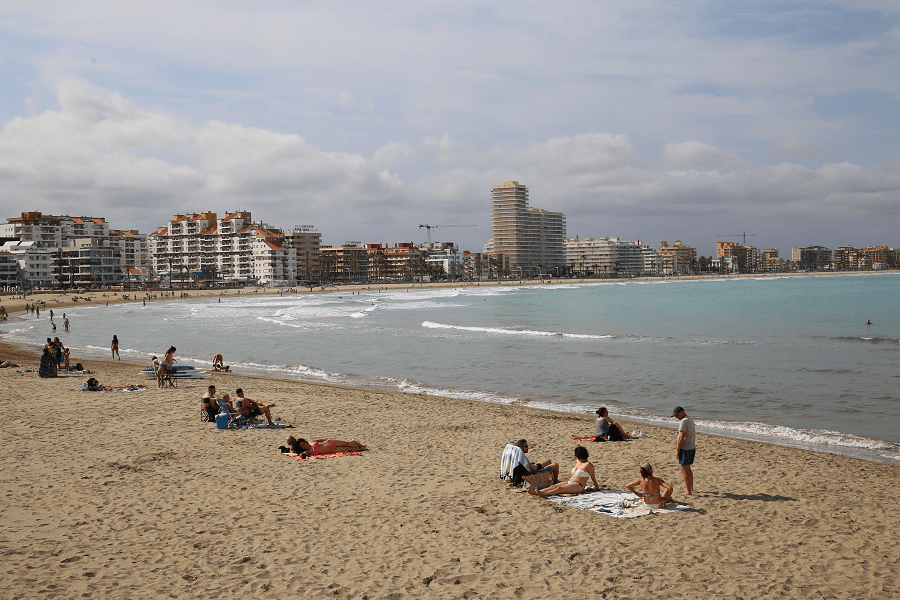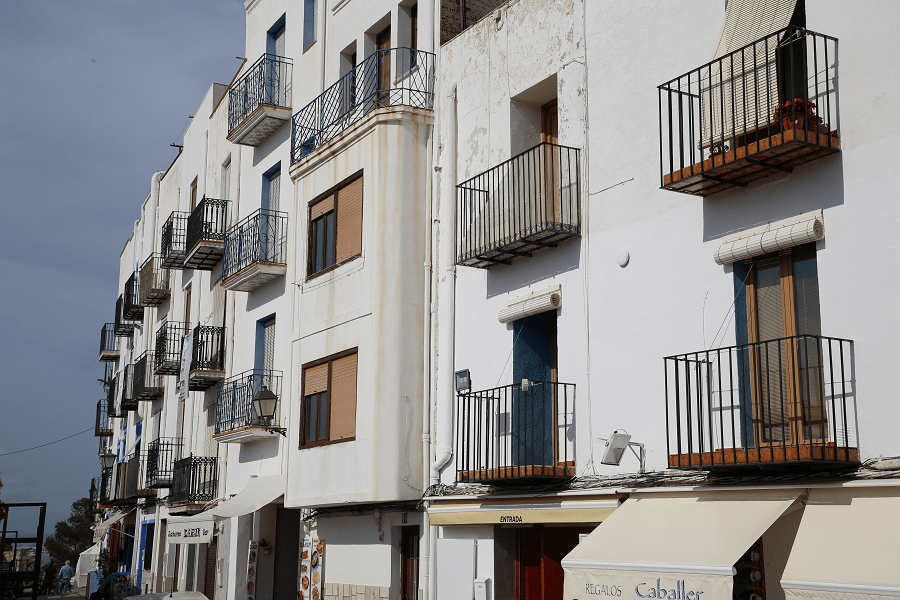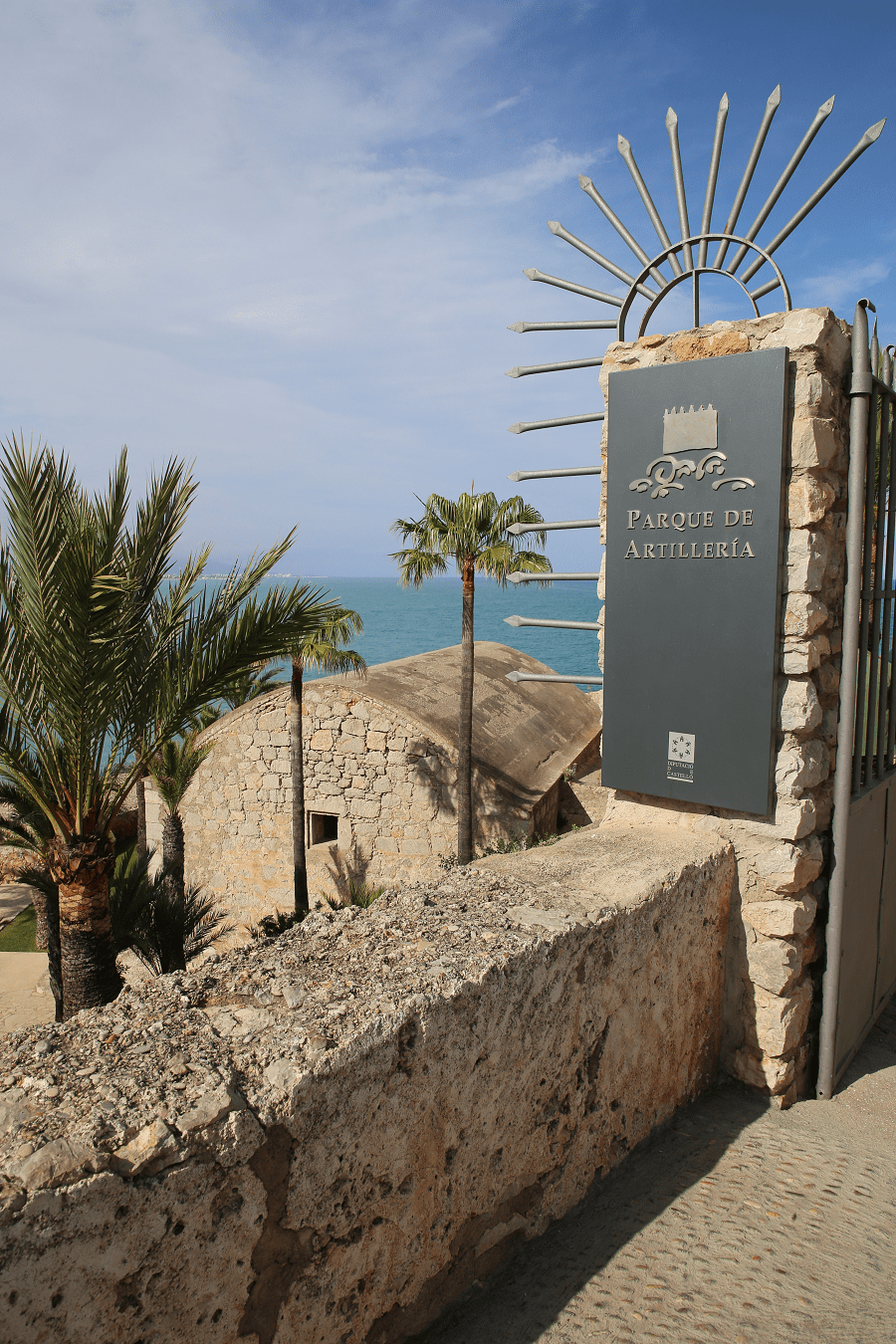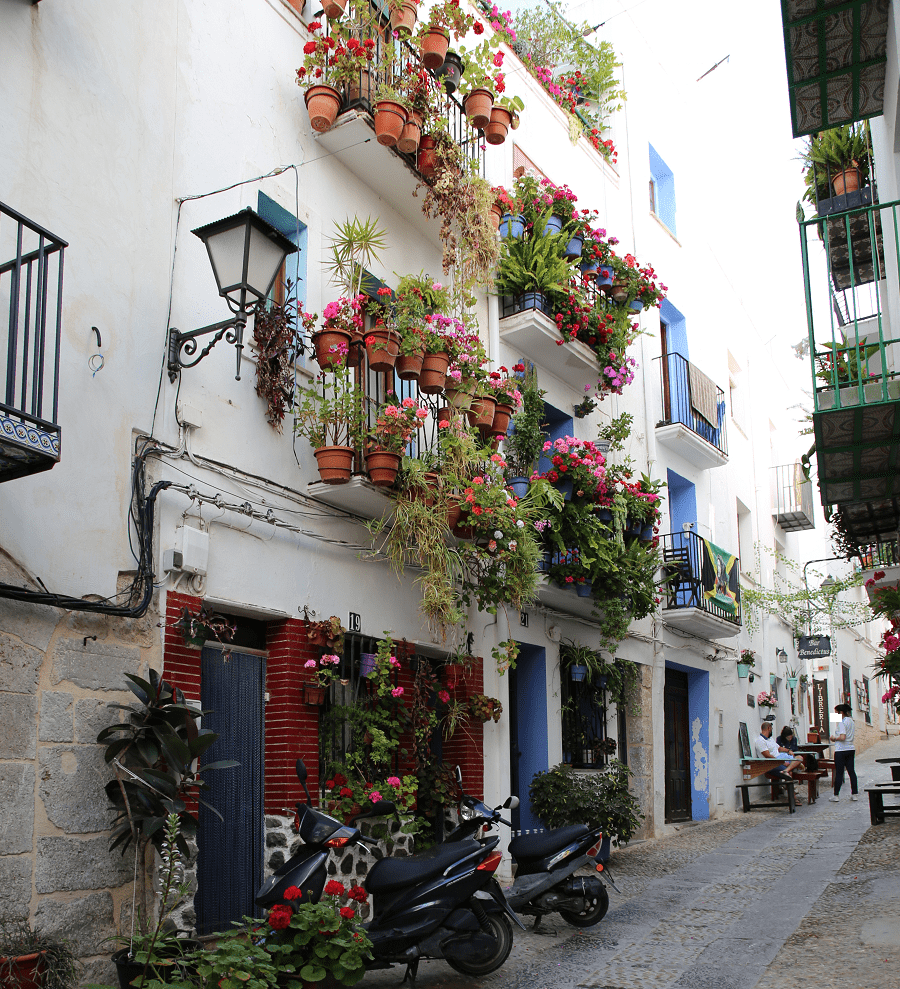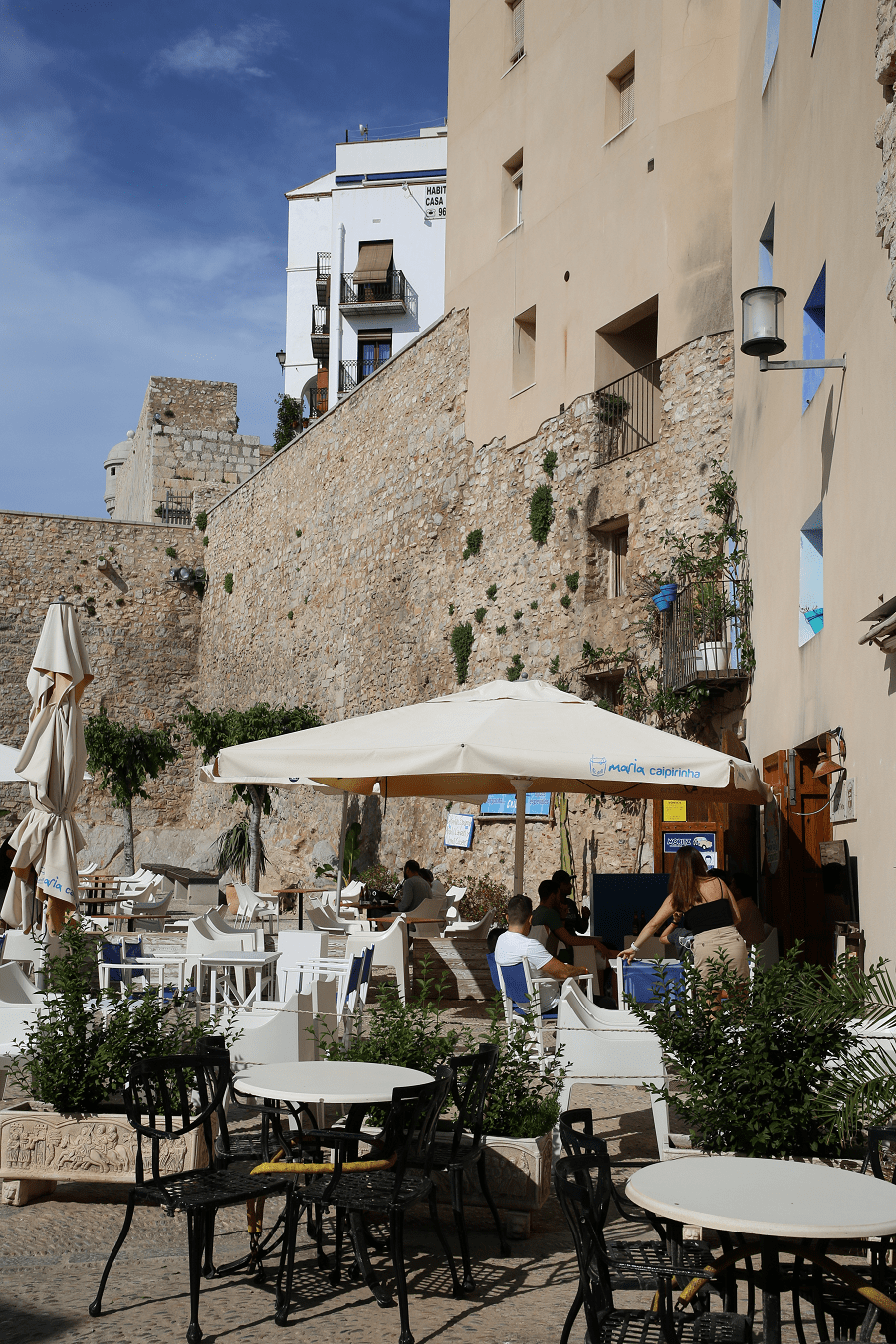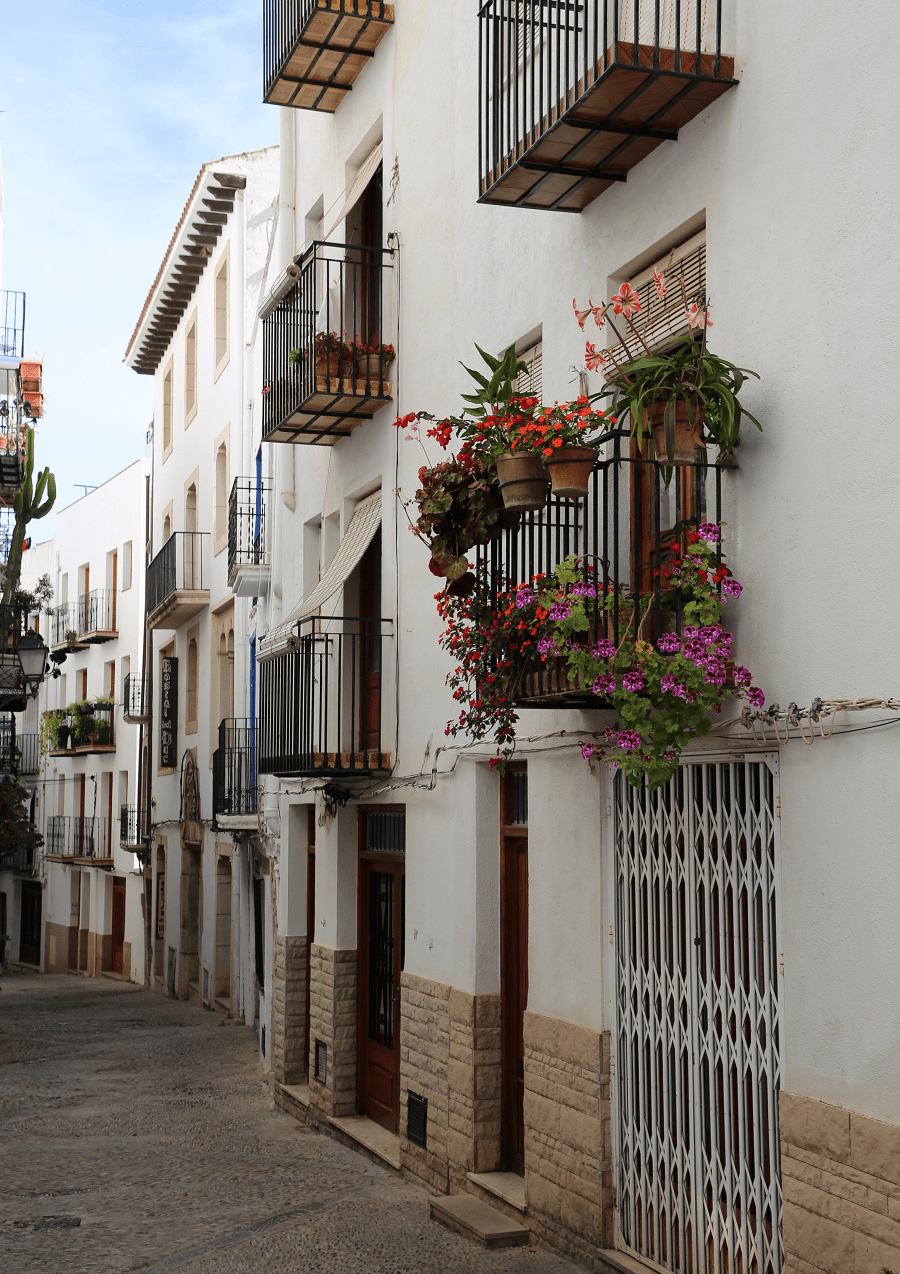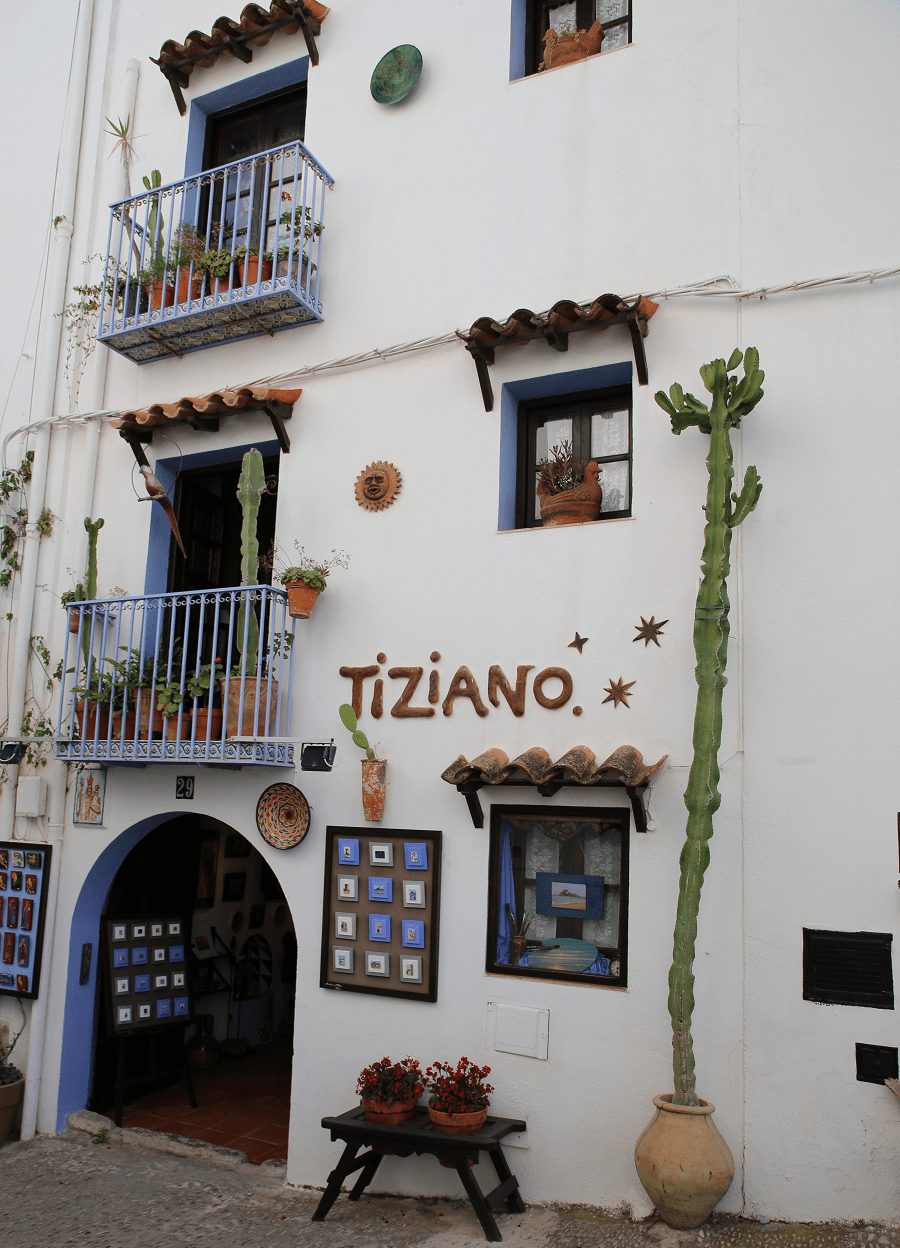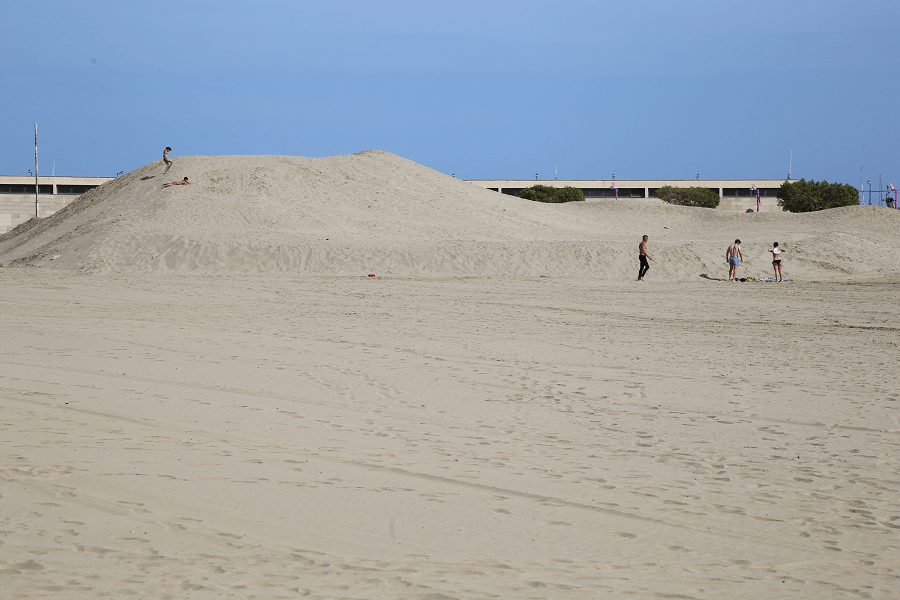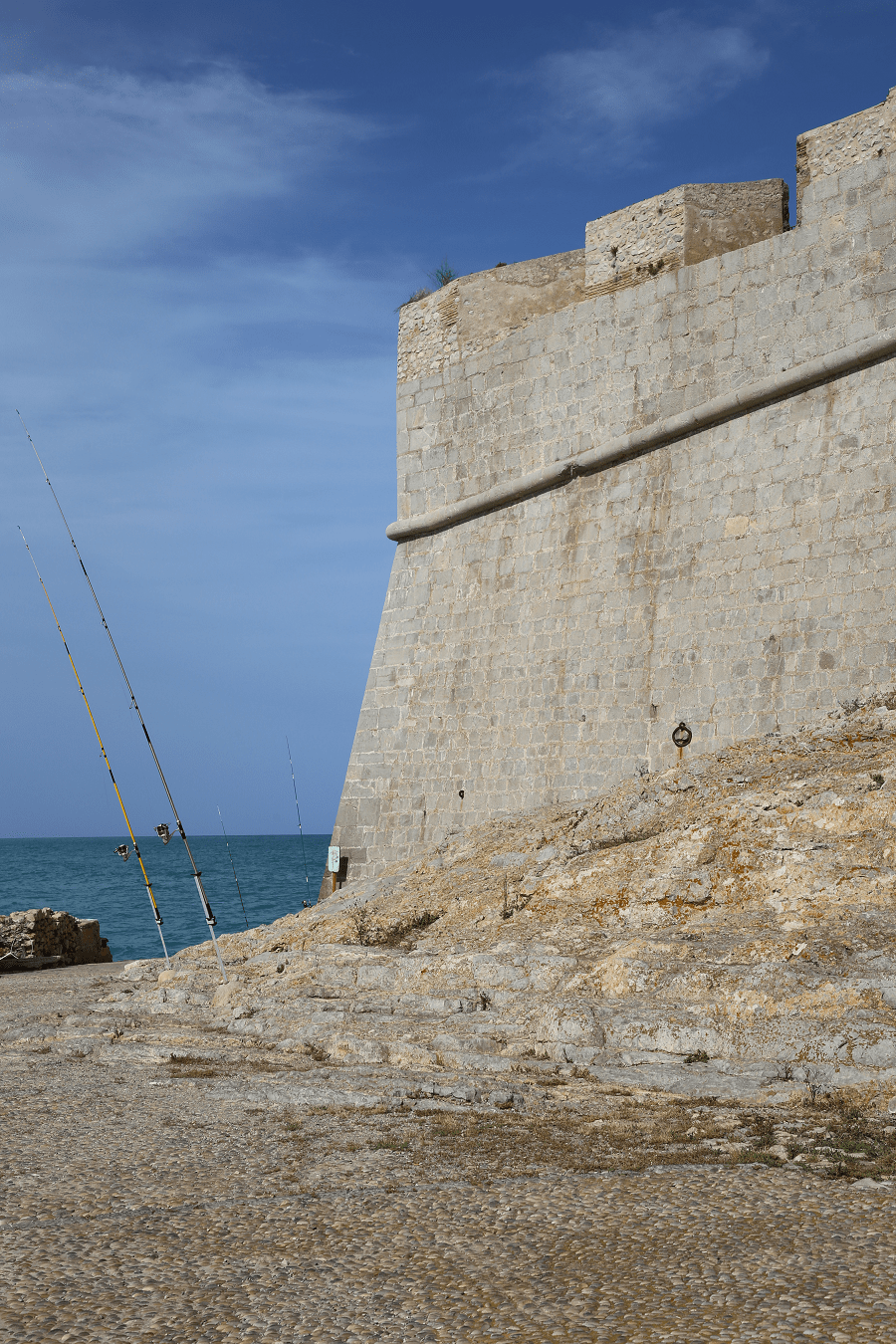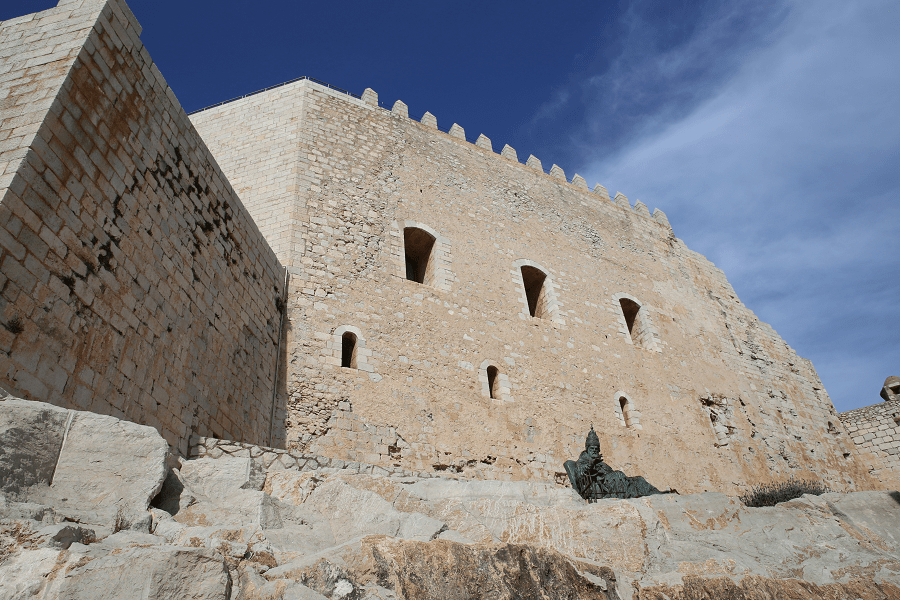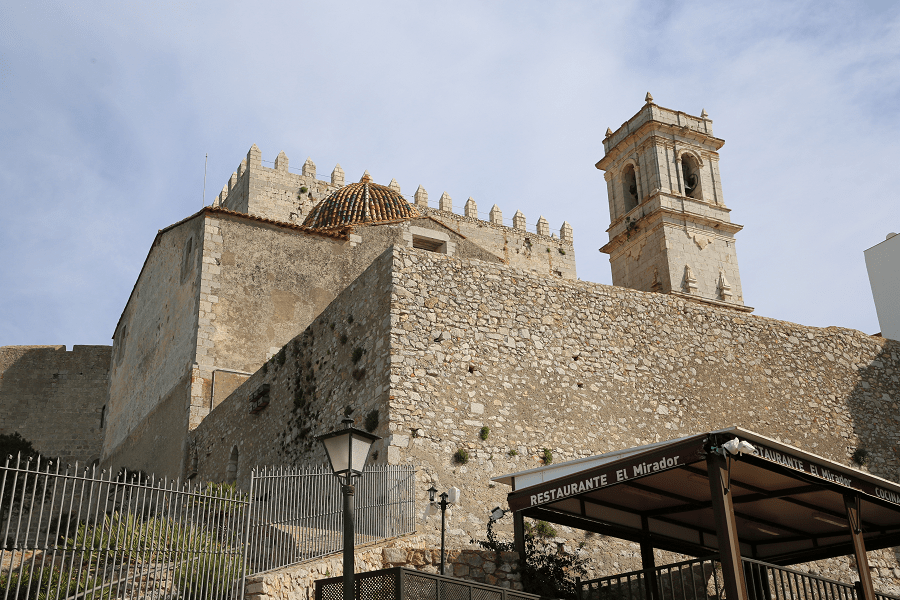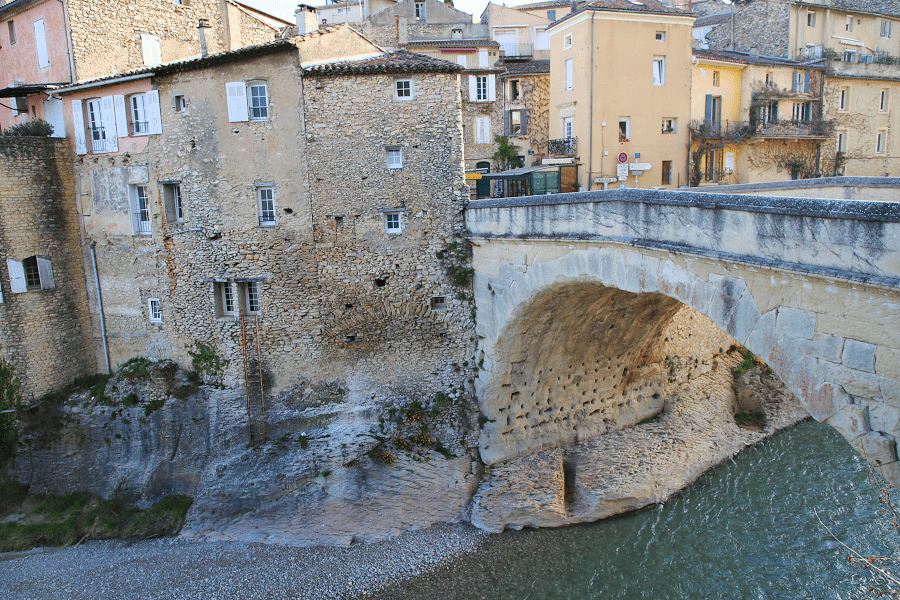Peñíscola (in Valencian Peníscola) is a municipality in the Valencian Community, Spain, located on the north coast of the province of Castellón, in the Bajo Maestrazgo region. It has had a city title since 1707.
Since January 2013, the village is a member of The Most Beautiful Towns of Spain association.
It’s a popular part of the Costa del Azahar of the Mediterranean resorts of Spain.
The city is situated on a rocky peninsula, originally connected to the land only by a sandy isthmus, which made it easy to defend itself, although it occasionally flooded and was buried under sea water. Currently, due to the construction of the port and the buildings on the isthmus, this curious fact has disappeared. On the rock rises its old town, from which the Papa Luna castle stands out, dividing the coast of Peniscola into two completely different halves.
It has wide beaches both north and south of the castle peninsula. The municipality of Peniscola includes one of the most unspoilt coastal mountain ranges on the Valencian coast, the Sierra de Irta, which ends in the sea on a low rocky coast and in some points, high cliffs, such as Badum.
The climate is warm and temperate in Peniscola. Throughout the year, rainfall in Peñíscola reaches an average of 499 mm. The average annual temperature in Peniscola reaches 17.2 ° C.
The driest month is July while the highest rainfall occurs in October. The hottest month of the year, with an average of 25.0 ° C, is August. The coldest month of the year, with an average of 10.0 ° C, is January. The difference in precipitation between the driest month and the wettest month is 66 mm. Average temperatures vary during the year by about 15.0 ° C.
Tourism and main attractions
The Castillo Palacio de Peñíscola, also called Castillo del Papa Luna, is located in the highest area of the rock that dominates the city, reaching a height of 64 m above sea level. Its perimeter is about 230 m and it has an average height of 20 m. The Templars built this Romanesque work on the remains of the old Arab fortress between 1294 and 1307.
The castle was involved in various military conflicts of the Kingdom of Aragon, and later in the War of the Spanish Succession in the early 18th century, the Peninsula War and civil conflicts in the early 19th century, each of which impacted upon the state of the castle defences in some form. The castle garrison was finally disbanded in 1890.
The castle is restored and is open to the public.
Other places of interest are:
- The Marjal de Peniscola. It is one of the last wetlands in the Mediterranean, the ecosystem constitutes the last refuge of the samaruc.
- The parochial church of Santa María, previously named of the Virgen del Socorro, with part of it 15th century Gothic tracery and architectural elements (sculptured corbels) and door of Romanesque tradition.
- The hermitage of the Virgen de la Ermitana, next to the castle in which the image of the patron saint of the city is housed. It was built at the beginning of the 18th century at the expense of the city’s governor, Sancho de Echevarría.
- The hermitage of San Antonio (Ermita de Sant Antoni in Valencian and as it is usually called) is located in the Sierra de Irta and dates from the 16th century.
- The Artillery Park, an area of casemates and powder magazines surrounded by gardens.
- The Museum of the Sea, where you can find exhibitions on fishing and navigation in the city since ancient times.
- El Bufador, which is a large gap between the rocks through which the sea “breathes” on days of storms.
- The Sierra de Irta Natural Park, a fauna and flora reserve. In it is the Hermitage of San Antonio, the Badum Tower or the Mas del Senyor among other constructions.
- The bird reserve, that is at the foot of the Papa Luna castle overlooking the hotel zone.
Culture
- In June, “Peñíscola Papal City” is celebrated during which the arrival of Benedict XIII, Pope Luna, to the City on the Sea is commemorated.
- During the months of July and August, the Peñíscola Castle Classic Theater Festival is held.
- In August, the International Festival of Ancient and Baroque Music is held.
- In September, in the Gothic Hall of the Castle, in the Auditorium and Conference Center of the city, the Cycle of Classical Music Concerts is held.
- At the end of the year you can enjoy a medieval market within the walled area, and in the castle gardens.
- Since 2003 and throughout the month of July, an International Jazz Festival has been held, attended by such relevant figures as Bebo Valdés, Diana Krall, George Benson, Al Jarreau, Wynton Marsalis, Pat Metheny, Kenny Barron, Kevin Mahogany, Madeleine Peyroux, Iván Lins, Cassandra Wilson, Eliane Elias, Carmen Lundy, Chucho Valdés, Bill Evans, Benny Golson and many other international jazz artists, who have consolidated the Peñíscola Festival as one of the most important on the summer scene.
Folk traditions
- San Antonio Abad. Patronal feast, is celebrated on January 17.
- Carnivals are held for three days at the end of February.
- San Isidro. The festival is celebrated in May.
- Saint Peter. The party is celebrated at the end of June. Popular festivals and heifer release are held.
- Festivities. They are celebrated from the night of September 7, in honor of the patron saint of the town, the Virgen de la Ermitana. They have been declared of National Tourist Interest. The main days are September 8 and 9, in which the maximum expression of these festivities “Les Danses” or the Dances takes place, which includes music, dance, recreational activities. The last weekend there are parades of Moors and Christians.
- Pilgrimage to the hermitage of San Antonio. The pilgrimage takes place on the Sunday following Easter.
Beaches
North beach – main city beach. A large, attractive beach in a spectacular setting, with the Papa Luna Castle as its backdrop. Over five km of fine sand.
South beach is famous for its fine sands with 300 m in length and 35 m in width.
Other beaches (out of the city) are: Basseta beach, Argilaga Cove, Torrenova beach, Irta beach, La Petxina beach, Pebret beach, Russo beach, Santa Lucía beach, Las Viudas beach, Badum cove, Volante cove, L’Aljub cove, Ordí cove, Puerto Azul cove.
Shopping
If you want to buy fresh fish fresh directly from the sea, nothing better than going to the fish market. Every afternoon, from Monday to Friday, you can attend the auction and buy fish, products brought by the local fleet that work in the Mediterranean, both artisanal fishing and trawling.
During the summer months, the Hippie Market is mounted on Calabuig Street, next to the wall. It brings together artisans of all kinds from all over the world, with variety and originality of products at fair prices: jewellery, ceramics, clothing, footwear, essences, etc.
The Weekly Market is held every Monday in the Mestre Bayarri street. A generalist market where you can find everything, or almost everything you want to buy: fruits and vegetables, pickles, clothes, footwear, etc.
Main shopping area is Avinguda de la Mar.
Restaurants
In Peñiscolana cuisine, the monkfish or pulpitos, the fish suquet or remescló, the paelleta, as well as shellfish, snails (caragol punxent), mussels, crayfish stand out. The different rice dishes in their seafood varieties, the arrosejat or arroz a banda, the paella and the fideuà, are also a fundamental part of the diet of these lands. As a typical dish of local stew, it has the olleta.
There are no Michelin list restaurants in the city.
Transport
By air
The nearest airport is Castellón and is only 45 km from Peniscola. Some of the airports with the highest volume of air traffic are Reus, 100 km away, and Valencia, 150 km away.
By car
Via N-340 (exit CV-141).
By bus
Peniscola does not have a bus station, however, there are companies that offer transport services to this municipality: AUTO-RES (AVANZA BUS): Buses from Madrid, HIFE: Buses from Castellón, Valencia and Zaragoza.
By train
Peniscola does not have its own train station. The nearest is Benicarló: located 7 km from the centre of Peniscola, it has routes from different parts of the peninsula thanks to the long-distance trains of RENFE (Spanish National Railway Network). During the summer season, several buses leave the station every hour for Peniscola. You can also use the taxi service.
Tourist office
Paseo Marítimo s/n, 12598 Peñíscola (Castellón), Telephone: 964 48 02 08, [email protected]
Main information
Area: 79 sq. km (municipality)
Coordinates: 40°20′58″N 0°21′40″E
Population: 7683 (municipality)
Languages: Spanish, Valencian
Currency: Euro
Visa: Schengen
Time: Central European UTC +1
See here best sea and ocean resorts of France and Spain (223 objects)




